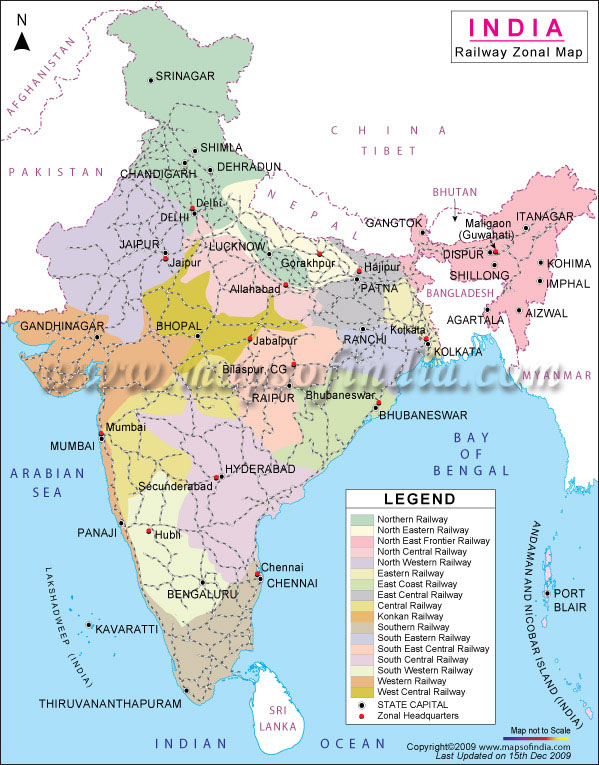
BANGALORE: The South Western Railway (SWR) will develop the Byappanahalli Railway Station as the third railway terminal for Bangalore.
Speaking to presspersons here on Wednesday, SWR General Manager Praveen Kumar said that the city and Yeshwanthpur railway stations had reached their saturation point and it had become impossible to introduce new trains from these terminals.
A detailed proposal had been sent to the Railway Board to develop the Byappanahalli Station into a modern terminal and the approval was expected shortly, Mr. Kumar said.
The terminal would be integrated with the upcoming Metro Rail and bus transport facilities, he added.
Earlier, Mr. Kumar launched the services of touch-screen terminals and threw open a new passenger concourse at the City Railway Station. The new concourse has a cloak room, touch screen terminal, a few shops and other amenities.
While the City Railway Station will have seven touch-screen terminals, Cantonment and Yeshwanthpur will have two each and Yelahanka, Hosur, Dharmapuri, Tumkur, Maddur, Mandya, Satya Sai Prasanthi Nilayam and Hindupur one each. In the second phase, two terminals would be installed at Krishnarajapuram and one each at Kengeri, Whitefield, Ramanagaram, Chennapatna, Kuppam and Bangarpet railway stations, he said.
Passengers can get a whole lot of train information at the touch of the screen on these terminals that would provide real-time information, he said.
Mangalore train
To a question on the passenger train service to Mangalore, Mr. Kumar expressed confidence that at least one pair would be operational by September-end. “I have indications from the Railway Board in this regard,” he added. Mr. Kumar said the track between Sakleshpur and Subramanya Road could accommodate a maximum of seven pairs of trains in a span of 24 hours.
At present, three pairs of goods trains were being operated on this route and the SWR intended to add at least two more goods trains considering the huge cost incurred during the conversion of the line to broad gauge.
On the hue and cry raised by Kannada organisations regarding recruitment of over 4,700 Group D employees for SWR and the Rail Wheel Factory in Yelahanka, Mr. Kumar said the recruitment process was being conducted according to the law.
“As the physical fitness and written tests are being conducted within Karnataka, I hope that the majority of those who get selected will be from within the State. I wish local people get selected because outsiders, if selected, would begin demanding transfer to their States after some time,” he said.
Mr. Kumar further said it was for the first time after the formation of the SWR that group D employees were being recruited in such huge numbers. He hoped that the recruitment would not only help the railways but also the local people.
Divisional Railway Manager (DRM) of Bangalore Mahesh Mangal and Additional DRM Deepak Chhabra were present. Later, Mr. Kumar inaugurated the advance reservation facility at the renovated Krishnarajapuram Railway Station building.



